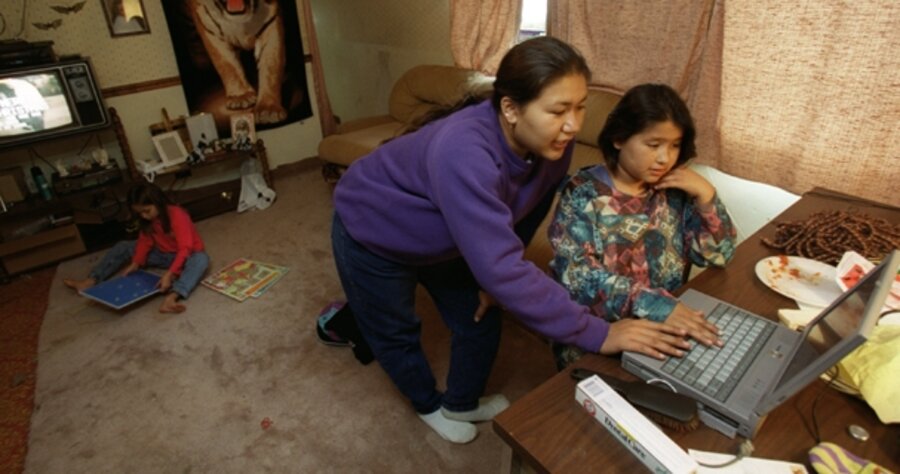Cellphones and Internet help us stay in touch, not necessarily connected
Loading...
Some days my house feels (and even looks) like Grand Central Station. In a six-person household with two working parents – even if one of us is always working from home – there’s plenty to juggle.
There’s after-school activities for the kids, groceries that need to be picked up, homework that needs to be completed, and stops at the train station when either my wife or I need to be picked up after work.
Thank heaven for cellphones and the Internet.
My wife and I use cellphones to stay in touch throughout the day and schedule our activities with Internet calendaring software that allows us to access the information from wherever we are.
My kids and I often use the computer together to research school projects. My daughter downloaded a rather cool (and free) math game the other night that will help her with her multiplication tables. It’s much better than having me do flash cards with her.
We also use the computer for family entertainment. My wife and I laugh over videos of Tina Fey channeling Sarah Palin, and it amuses my kids no end when I show them videos from the bands I listened to when I was in college in the late ’70s and early ’80s.
And we are far from alone in the way we use these gadgets. A new report from the Pew Internet and American Life Project finds that “The Internet and cellphones have become central components of modern family life. Among all household types, the traditional nuclear family has the highest rate of technology usage and ownership.”
A total of 2,252 adults, ages 18 and older, were interviewed by Prince Survey Research Associates International, which was commissioned by the Pew Internet organization to do the study. Pew took those results and focused on 1,267 respondents who identified themselves as “married couples and those living with a partner in a relationship similar to marriage.”
The study, titled “Networked Families,” found that the more kids you have, the more likely it is that you’re going to use technology to help you maintain and improve communication in your family. For instance, in a family with four people, there are 12 relationships in total: mom and dad, mom and the oldest child, dad and the youngest child, etc. (In my house, with 6 people, we have 16 relationships to juggle.)
And technology helps, according to the report.
“This new connectedness via cellphone and screen-sharing is correlated with some benefits for family life,” the report’s authors write. “For example, those with the most technology are more likely to share moments with family members while they are online and to exchange some kinds of family communications, such as checking in with other family members and coordinating activities.”
A third of those surveyed say that the Internet has strengthened their social connections a lot, while 23 percent say that technology has helped improve interfamily communication.
And here’s a interesting stat: Spouses who have cellphones communicate more often than couples with just land-land connections. The study found that 47 percent of married adults contacted their spouses daily by cellphone, while only 35 percent of folks on landline did the same.
I can speak to this from personal use. My wife and I talk by phone several times a day, or online using instant messaging software. When she was in Turkey for a month last year, we used Skype to talk two or three times a day. And our conversations were not just to coordinate activities. Sometimes it was to share a funny story, or an interesting article we saw online, or to just see how our day was going. In fact, on days when we don’t use our phone, the pace of life often seems off.
Meanwhile, families without children tend to use these particular technologies less often. These households have lower rates of cellphone ownership (61 percent), fewer own home computers (48 percent), they are online less often (44 percent), and when the are online, they don’t tend to use broadband connections – only 27 percent have them.
But it’s not all a bed of roses for families with kids. There are things that you need to keep on your radar screen.
“This is a different kind of connectedness from the past because those who have the most technology are more likely to live in dual-income households and also more likely to report that they are working longer hours, in part because of their use of the Internet,” the report states. “Those with multiple communication devices are somewhat less likely to eat dinner with other household members and somewhat less likely to report high levels of satisfaction with their family and leisure time than are families with lower levels of technology ownership.”
In other words, we can use technology to take the place of sitting down with each other and talking face-to-face. As useful as cellphones and the Internet are, and as much as they can help us stay in touch during the busy times of our lives, they can never take the place of real human contact.
You can read the entire Pew report at here.





